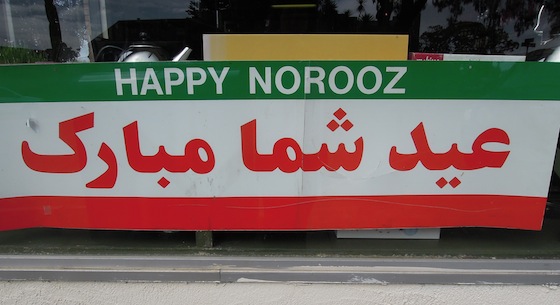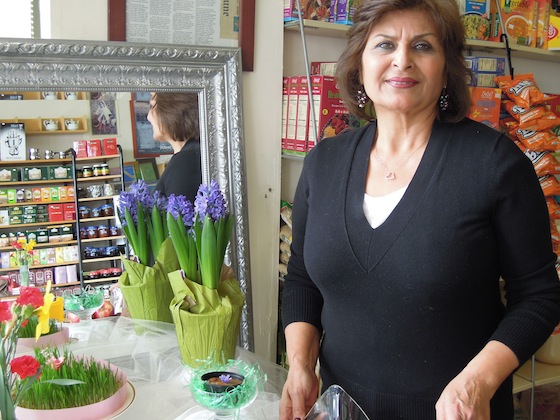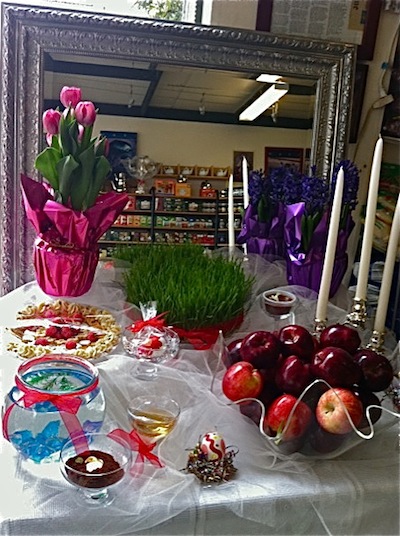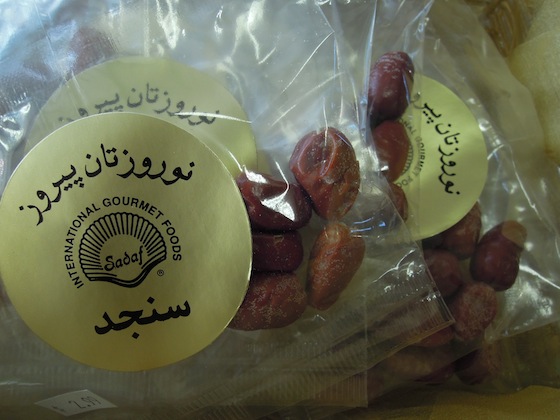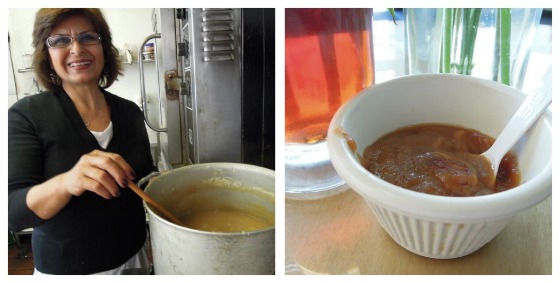Attar offered me a taste. It was so sweet and nutty, it’s hard to believe it’s only made from sprouted wheat and flour. Many Persian families put a tiny symbolic dish of the stuff on their table but Attar cooks pots of it for her customers and says, “Once people taste how delicious it is, they actually want enough for their guests to eat.”
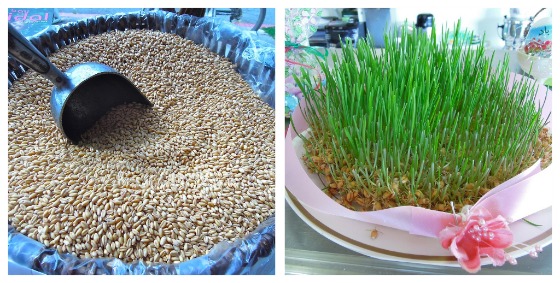
Whole wheat and its early sprouts
Another tradition is on the 13th day of the New Year, the family takes the Sabzeh (the sprouts growing in a dish) from their place on the table and after a picnic in the park, throws them into running water, to rid the house of sickness and sadness.
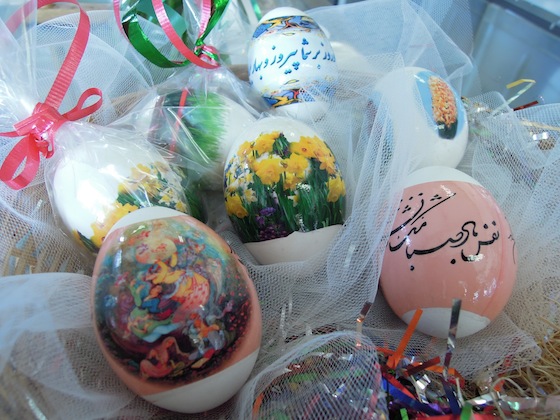
Additional items on the table may include: golden coins representing prosperity and wealth, a basket of painted eggs for fertility, live goldfish in a bowl of water for life, a flowering hyacinth for its lovely smell, lit candles for enlightenment and happiness, a mirror to represent truth or reflection and a platter of special pastries. Every year, Attar makes thousands of cookies from chickpea flour or rice flour with nuts.
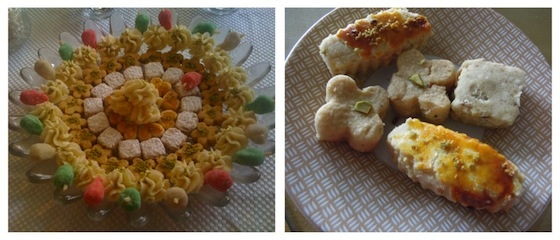
Cookie platter. Photo courtesy Monier Attar
The customary meal for New Year's Day is Sabzi Polo Mahi, rice with green herbs served with fish. Attar says this is the Persian equivalent of having turkey for Thanksgiving. She carries fresh whitefish and the traditional herbs for the rice: parsley, coriander, chives, dill and fenugreek.
Norooz also has special meaning to Zohal Nassrollahi, Berkeley City College student and first generation American. “When I was a child, the event seemed very magical. I’ve always loved certain things on the Haft Sin table: the glowing gold coins, the maroon colored sumac,” says Nassrollahi, who studies art and design.

“I plan to keep celebrating Norooz, even when I have children. It’s a way to stay connected to my culture, even though I have never been to Iran. But it’s kind of bittersweet, because the holiday is a lot about spending time with the family and we have such a small one, just my parents and me. I also love the tradition of Chahar Shanbeh Suri (or fire-jumping).”
This ritual traces back to Zoroastrianism, as a rite of purification. Bonfires are lit in the streets on the last Tuesday evening of the year and people leap over them while chanting. The translation, “Give me your beautiful red color, and take back my sickly pallor,” demonstrates the fire’s ability to cleanse.
“Fire is a powerful symbol,” says Nassrollahi, “When you hop over the fires, it takes away the negativities from the past year and helps you focus on the future.”
Berkeley’s Persian Center holds its annual bonfire-jumping event Tuesday evening March 19 on the 2000 block of Durant -- and invites both adults and children, Persians and non-Persians to join in the fire-jumping festivities with music and food.
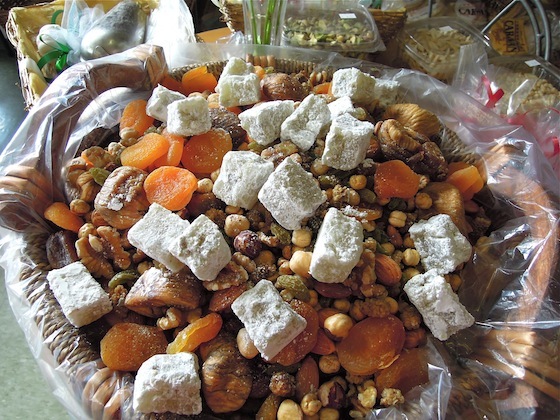
Attar carries the traditional snack of dried fruit and nuts to eat on Chahar Shanbeh Suri plus everything else one would need to fully celebrate the holiday. As she served me a cup of tea and some of her cookies, she told me Norooz (whose literal meaning is “new day”), is the perfect time to let go of grudges, apologize, hug and make-up and start over again.
